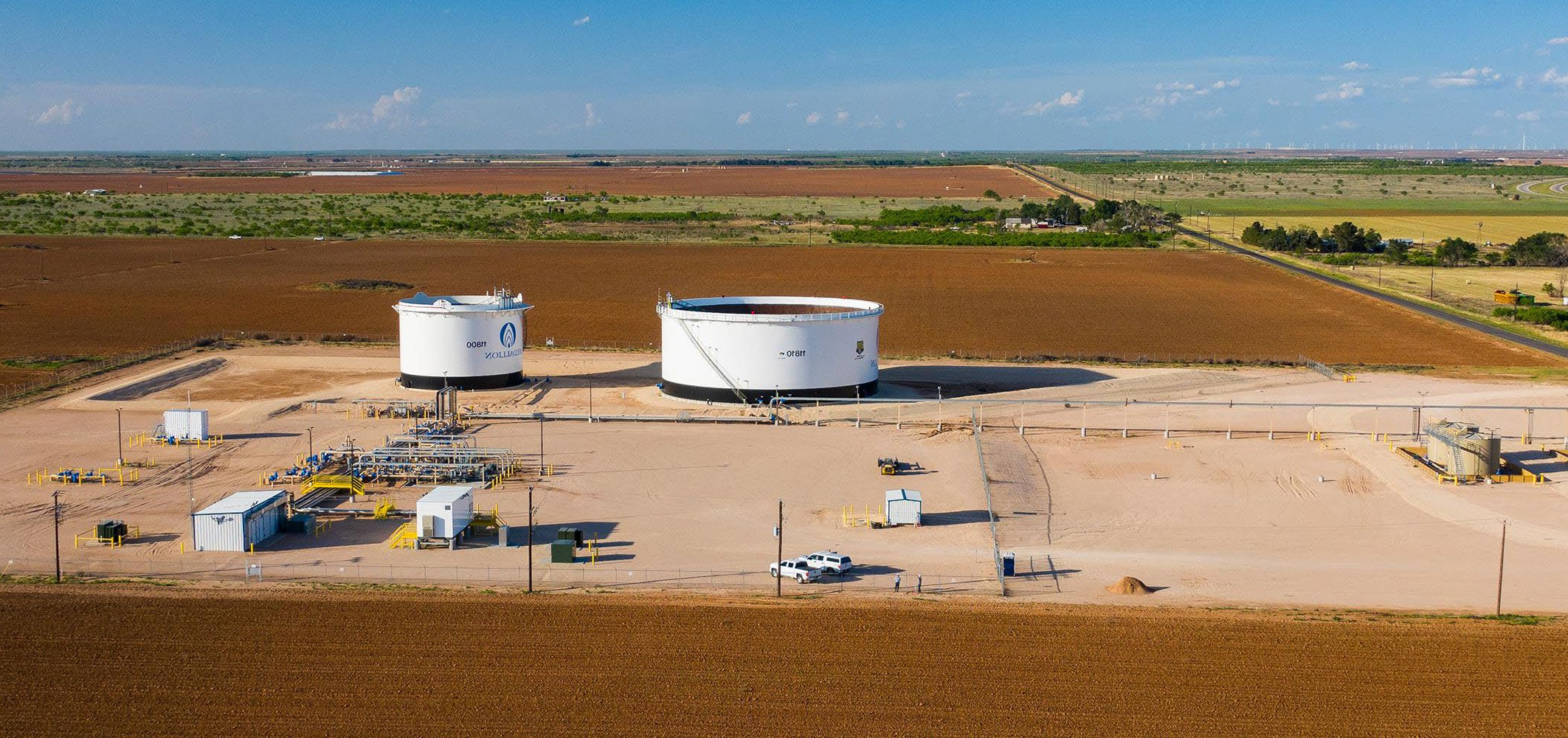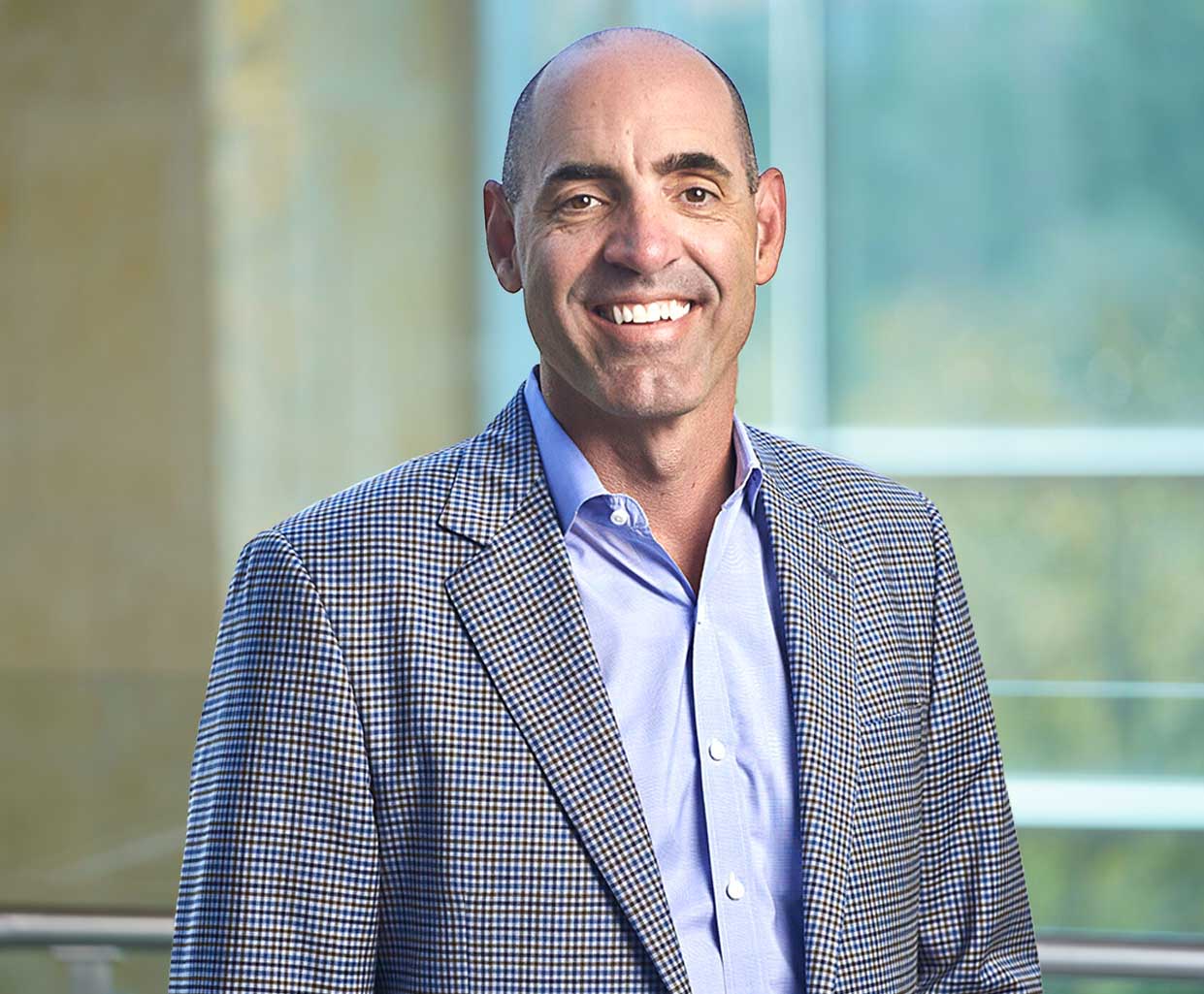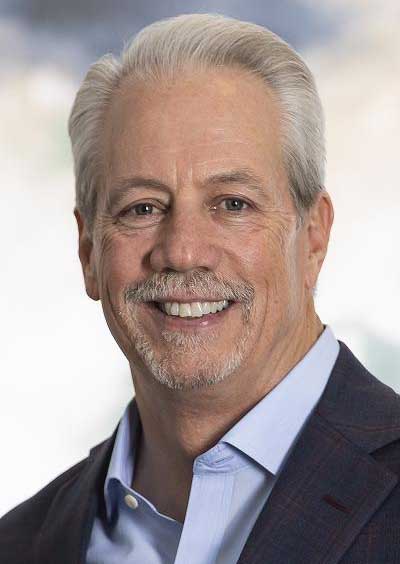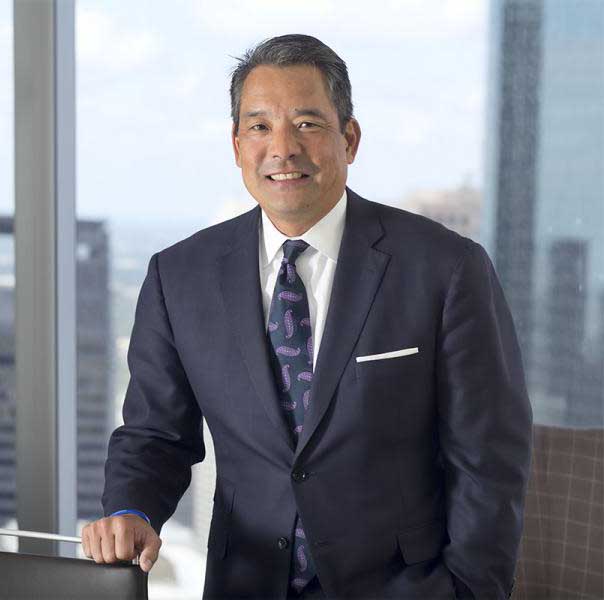Midstream consolidation is ongoing as the biggest public players scoop up smaller pipeliners, but midsized and regional private players still play a significant role in the industry.
CEOs of three of the private players—Howard Energy Partners, Medallion Midstream and Momentum Midstream—recently shared their views on the current status and future needs of the pipeline industry with Oil and Gas Investor.
Howard, the largest and most diversified of the three, is big in West Texas, South Texas and Oklahoma, and operates the 200-mile Nueva Era gas pipeline in Mexico. The outlier position is the company’s gas-gathering system in the Marcellus Shale.
Howard is in a partnership with Devon Energy for gas gathering and processing systems in the Permian Basin, and operates gas pipelines and processing systems in the Eagle Ford Shale that connect to Mexico and the U.S. Gulf Coast. The company manages Texas hubs for pipeline, marine and rail logistics in Corpus Christi and Port Arthur and operates the Javelina processing facility in Corpus Christi.
Howard Chairman and CEO Mike Howard has led the business since he co-founded it in 2011. Ownership has shifted since then, with the Alberta Investment Management Corp. buying up an 87% stake in Howard by the end of 2022.
Since this interview, Medallion Midstream agreed to a $2.6 billion cash sale to ONEOK.
Medallion works exclusively in the Permian Basin, with integrated midstream services in both the Midland and Delaware lobes of the basin. President and CEO Randy Lentz joined Medallion in 2010.
Global Infrastructure Partners-backed Medallion has a massive Midland Basin footprint, with 1,200 miles of pipeline and gathering systems as well as 1.5 MMbbl of storage. Its smaller Texas Southern Delaware assets include more than 130 miles of crude pipeline in Ward, Pecos and Crane counties and more than 100,000 bbl of storage.
The focus for Momentum Midstream is its large gathering and processing network in the Haynesville Shale. Following acquisitions two years ago from Midcoast Energy and Align Midstream, a large portion of its assets are on the East Texas side of the border. Momentum also has significant gas delivery to LNG hubs along the Texas and Louisiana Gulf Coast.
The company has developed or acquired more than 5,000 miles of pipeline, 18 processing facilities and three NGL fractionation facilities over the past 20 years, and has more than 1 MMbbl of storage with roughly 500,000 hp of compression.
Momentum co-founder and CEO Frank Tsuru has been in his role since the company’s inception in 2004. Backed by EnCap Flatrock, Momentum also is supported by Yorktown Partners, Ridgemont Equity Partners and Blackstone Credit.
Howard, Lentz and Tsuru discussed the state of the midstream sector with Jordan Blum, Hart Energy’s editorial director.
Jordan Blum, editorial director, Hart Energy: On the macro level, how do you see the overall state of the midstream sector in North America, especially U.S. shale?
Mike Howard, chairman and CEO, Howard Energy Partners: Howard Energy is one of the largest private midstream companies in the U.S. We are in a unique position with strong capital backing from a pension fund, and we have not used the traditional build-and-flip private equity model. We have a very long-term outlook versus the quarter-to-quarter mindset of the publicly traded market.
So, as an investment, we like natural gas-related infrastructure, and we like NGL and refined product infrastructure. We see short-term growth in shale natural gas—besides the Permian, which is associated gas tied to oil prices—to be challenged due to low natural gas prices and a lack of new infrastructure needs until natural gas drilling picks up. We believe there is still some consolidation in the market since a midstream IPO has not been a great option for private companies since 2015, and mid-tier public companies have shown to have a hard time growing to meet investors’ expectations.
Randy Lentz, president and CEO, Medallion Midstream: Overall, the state of the midstream sector is very strong and stable. As producers continue to consolidate and direct their capital to the highest-return basins, midstream companies will do the same and continue to invest in growth opportunities as volumes in these basins increase.
Frank Tsuru, co-founder and CEO, Momentum Midstream: The midstream sector is in an extremely healthy position. Since 2020, we’ve seen a significant improvement in public company valuations with these companies strengthening their balance sheets. The financial health of the sector bodes well for future M&A activity. At Momentum, we’re focused on natural gas.
Yes, the market is currently oversupplied, partly due to an unusually warm winter. But let’s not lose sight of the bigger picture. The structural support is there, driven by the strong demand growth in Gulf Coast LNG and the power sector and, finally, the fuel switching of power plants from coal to clean-burning natural gas. Renewables will certainly supplement power growth, but the supply and runtime certainty provided by natural gas-fired turbines will remain essential. We continue to see the Haynesville as the primary gas-supply basin to meet this growing demand, thanks to its superior rock quality, proximity to key demand centers, and an accommodating regulatory framework in Texas and Louisiana.

JB: How do you see midstream consolidation continuing to play out for the industry, especially amid all of the upstream M&A?
RL: In the near term, it will likely continue, especially in the basins where the largest upstream M&A consolidation is occurring. Larger [publics] will acquire smaller private companies or possibly look at mergers or JV opportunities with other [publics] to capture more synergies.
JB: As the numbers of major midstream companies shrink through M&A, what kind of an effect does that have on the private companies? And what advice would you give to someone starting their own private midstream business?
MH: Our advice to someone looking to start their own private midstream company is simply, don’t. It’s too hard.

—Mike Howard, chairman and CEO, Howard Energy
All kidding aside, if you must, picking a basin and figuring out the infrastructure needs in that area are key. We have also found that, like any other business, relationships are everything. If you can prove that you can execute better than others while remaining relationship-oriented, you will beat out the competition. Capital is the other major factor. Finding the deal first, then the capital to back it may not be the easiest approach—and often requires patience—but is more beneficial in the long run.
We experienced the creation of multiple private midstream companies in the late 2000s with the shale boom. Given the private company exits and consolidations that have occurred, there is an opportunity for smaller companies to thrive, even though access to capital is much more difficult these days. At Howard Energy, we built a business around projects that require moving at speed and cost structures that bigger companies often don’t pursue. We punch above our weight in sophistication and project execution as well, which makes us well suited to providing services to large customers. We have the unique ability to figure out the infrastructure gaps that need to be filled and work quickly to address them.
RL: Private midstream companies with good assets in good basins will continue to have options. While there could be fewer exit opportunities, scarcity value could become real as large publics run out of acquisition targets.
Starting a new private midstream business in the near term will be challenging, given the lack of new basins and the infrastructure maturity of existing basins. However, there could be acquisition opportunities down the road. As companies grow, it is much harder to maintain efficiencies, and ultimately, non-strategic assets will be on the market.
JB: Are there any trends you see emerging from the M&A deals that have happened recently?
RL: The M&A trends are showing that the best basins continue to be the best basins, and the onset of technological advancements to unlock production and inventory is the reason there has been so much M&A activity as of late.
JB: What are the primary needs for the industry in terms of infrastructure gaps, growing demand, etc.?
RL: Significant increases in natural gas production will continue to drive infrastructure in the form of additional gas processing facilities and NGL and residue takeaway pipelines. Additional LNG facilities or expansions also will be needed to provide a market for supply growth.
FT: North American LNG exports are set to nearly double by the end of the decade, with most of this growth coming from Louisiana and Texas. This expansion could require over 20 Bcf/d of additional supply, and as I mentioned earlier, the Haynesville will be a key source for Gulf Coast LNG. Pipeline expansions are already underway, including our NG3 gathering system, which can provide up to 2.2 Bcf/d of low-carbon feedstock. However, more infrastructure will be needed. I expect another two or three regional pipeline projects from the Haynesville to the Gulf Coast will be necessary to meet the projected growth. The supply and demand will be lumpy as 1.5-2.5 Bcf/d of takeaway capacity will become available every time a new regional pipeline comes on.
We also need to consider the Permian. New intrastate pipelines will connect associated gas production to the coast, but the high nitrogen content of Permian gas presents challenges for the LNG industry. With nitrogen content often twice the preferred LNG specifications, the Haynesville—with its lower nitrogen content—becomes an attractive blend stock. Significant supply growth will require large investments for in-field gathering, CO₂ and H₂S treating, and gas-processing infrastructure. This is especially true as producers push the boundaries of existing plays. We’re already seeing this in the Haynesville, particularly in the Shelby Trough and Western Haynesville, where production has potential to overwhelm local infrastructure in the near term.
JB: In the Permian specifically, what are the other top needs? Processing? Long-haul gas? Blending and treating? And what gets overlooked?
RL: The priorities will be gas processing, residue gas and NGL-frac capacity. With robust activity in the Permian, an expansion of crude takeaway capacity also will be needed in 18 to 24 months. What gets overlooked is the in-field gathering—gas, oil and water—infrastructure required to aggregate and deliver Permian production to processing plants or oil long-haul pipelines.

—Randy Lentz, president and CEO, Medallion Midstream (Source: Medallion Midstream)
JB: How do you see domestic power demand—especially with the growth of artificial intelligence—impacting the industry? And why? How do you see pricing playing out?
MH: We believe that energy demand and GDP growth are intrinsically linked. The U.S. and Mexico are experiencing energy demand growth of electrification, LNG export, data centers [including AI] and manufacturing. Natural gas is the most reliable, low-carbon and low-cost energy source to meet the increase in this demand. However, our experience is that, in the near term, natural gas supply in the U.S. can far outstrip demand due to our innovative upstream industry. In the free-market environment that we have today, it makes us bullish on energy demand in the U.S. and Mexico and bearish on long-term, five-year natural gas prices.
RL: Power is a long-term challenge for everyone in the industry. As we focus on reducing Scope 1 emissions, power needs through the use of more renewable energy become a bigger part of the algorithm, but the nature of that power availability becomes a large factor, too. More investment is needed in all forms of power generation to meet both demand and manage power costs.
FT: Utilities are investing heavily to support power-demand growth, and the reliability of natural gas makes it a crucial part of the generation mix. Peaker plants are being developed to address the “duck curve” problem created by solar and wind. These plants need callable gas, which can only be provided instantly through access to storage. Baseload plants are being installed to meet the needs of AI and data center growth. This means utilities need firm capacity on long-haul pipelines to reach supply. Gas power plants must be sited near data centers, and while gas infrastructure is important for these decisions, the future availability and cost of pipeline capacity can be a real challenge for utility companies, but that can create opportunity for midstream companies. Increased demand should be beneficial for pricing, with peaker plants leading to increased volatility.
JB: How difficult and frustrating is pricing right now? Not just Henry Hub, but Waha and others?
MH: We have a bearish outlook on long-term natural gas pricing. It has been our experience that the industry can quickly address short-term price dislocations with an increase in supply, which keeps gas prices historically low. This can be frustrating when approached in the short term, but when we look at the long term, natural gas is really the only energy source that can meet the scale and intermittency required in the electricity market. New gas generation installations will help to maintain the reliability of our power grids and support our growing energy demand from technological advances like AI. Through continued innovation, our industry will adapt to the lower-for-longer gas prices like we always have.
JB: What is the potential for greenfield midstream growth, and where is the need greatest?

—Frank Tsuru, co-founder and CEO, Momentum Midstream (Source: Momentum Midstream)
FT: Over the last five to 10 years, supply-push commitments from producers have helped FID critical infrastructure to link production basins with end markets, particularly Gulf Coast LNG. In the near term, greenfield midstream growth will be demand-pull, driven by utilities and industrials. These sectors have historically been able to procure delivered gas at their plants, but they are now focused on securing supply due to increased competition from LNG and data center demand. Now, they are competing for the same molecules in congested areas like the Mississippi River corridor in Louisiana and Port Arthur and Beaumont in Texas. We believe the Haynesville and Permian are well suited to address these challenges, though it won’t happen overnight. These projects require scale and cooperation from different companies with different views on how to fix the problem at hand.
JB: What is the current and future role of midstream in carbon capture and storage, hydrogen and other new energies ventures?
MH: We believe the companies in the midstream business will be a major player in new energy ventures since we have the experience and capital to build industrial infrastructure. As capitalists and a midstream company, we focus on maximizing the return of our investors’ dollars by meeting the increased demand for energy and listening to the market’s desire for lower-carbon forms of energy. This ability to understand the duality of these focused goals, holding two truths at the same time, is what makes us unique.
Howard Energy Partners, through our Low Carbon Solutions group, has an active project for CCS in the Coastal Bend area of South Texas supported by a DOE [U.S. Department of Energy] grant. We also produce low-carbon-intensive hydrogen at our Javelina facility in Corpus Christi that includes our partnership with E-fuels producer, Infinium. We also own the largest renewable diesel logistics facility in Texas. These and other new energy venture projects will only happen if they make an acceptable return on investment.
FT: Following the sale of M5 Midstream in 2019, we spent quite a bit of time exploring low-carbon and waste-to-fuel projects. Generating acceptable returns and deploying capital at scale was challenging. Our new ventures focus at Momentum is on CCS where it makes economic sense.
Our project currently under construction, NG3, is a great example of how CCS can be economically deployed at scale. We are using 45Q tax credits, which were put in place to encourage midstream investment just like NG3, to provide our customers with a differentiated, cost-competitive gathering and treating solution that is net negative, meaning we will sequester more CO2 than we emit.
JB: What midstream technological development has excited you the most?
RL: The use of AI in everyday operations and its predictive nature regarding maintenance. It can be a gamechanger.
JB: What current and potential global geopolitical impacts are you watching?
MH: We are specifically focused on energy demand that we can impact, which is Gulf Coast LNG and Mexico. We are experiencing record natural gas and electricity demand in northern Mexico due to the industrial nearshoring from overseas companies.
Our Nueva Era Pipeline connects Eagle Ford Shale gas directly to the industrial center of Monterrey, Mexico. We believe more infrastructure in this area is needed to keep up with current demand. On the LNG front, we watch the growing LNG demand from Cheniere Corpus Christi and the NextDecade facility in Brownsville and look for ways to supply them with the low-nitrogen gas of the Eagle Ford.
JB: What are the things that concern you most about the future of the midstream sector?
MH: Bad energy policy in Texas and the United States is what keeps me up at night. Over the last several years, we have come to appreciate the need for energy advocacy and the role all energy employees can play in this space. The short-term thinking of energy policy—when it should be long-term, multidecade-level thinking—is difficult to overcome and has proven to be an uphill battle with the mounting negative rhetoric. To combat this approach to short-term thinking, we must focus on energy education and encouraging our energy leaders to step up as advocates and policymakers.
Recommended Reading
E&P Highlights: Feb. 3, 2025
2025-02-03 - Here’s a roundup of the latest E&P headlines, from a forecast of rising global land rig activity to new contracts.
E&P Highlights: Feb. 18, 2025
2025-02-18 - Here’s a roundup of the latest E&P headlines, from new activity in the Búzios field offshore Brazil to new production in the Mediterranean.
E&P Highlights: Feb. 24, 2025
2025-02-24 - Here’s a roundup of the latest E&P headlines, from a sale of assets in the Gulf of Mexico to new production in the Bohai Sea.
US E&Ps Could Drop Up to 100 Rigs at New Low Oil Price
2025-04-17 - Private operators are likely to let rigs go first, beginning in the Midcontinent and Powder River Basin, then the Eagle Ford, Bakken and Permian, according to J.P. Morgan Securities.
E&P Highlights: March 17, 2025
2025-03-17 - Here’s a roundup of the latest E&P headlines, from Shell’s divestment to refocus its Nigeria strategy to a new sustainability designation for Exxon Mobil’s first FPSO off Guyana.
Comments
Add new comment
This conversation is moderated according to Hart Energy community rules. Please read the rules before joining the discussion. If you’re experiencing any technical problems, please contact our customer care team.




